Jan Van Oost

De Sade - Pasolini
Jan Van Oost finds his own linguistic antecedents in the symbolism of Wiertz, Spilliaert and Ensor, lives the pressing presence of Death and represents it, since his first works, through conceptually minimal metaphors, like a broken mirror-where the bullets are still sticked-which holds the memory of the past. His drawings seem to be references to Artaud collecting fragments of anatomy, debris of bone, nails in a page which becomes the space of a coffin. Nevertheless, in spite of his interest -during his forming years- for the history of madness, it is in the Flemish carnavalesque tradition that we most find the universe of the grotesque in which the human figure reveals its inconsistency The concept of the end of life is central in his woks, often accompanied by the ritual of pain ,like a constant warning to accept our mortal beings. The artist feels that the immortality of the human being does not cancel only his individual and ontogenetic capital, but that the philogenetic capital of mankind is in danger of disappearing. This is why he operates a vibrant denunciation through the visualition of shapes marked with strong humanity like memory, feeling,femininity,sexuality, past. Tackling interactively with objects that belonged to the human being'sreal-life experience, Van Oost"metaphorises" these signs, intending to throw up an emotion and a regret; the premonition of a total reversibility. Irony is inherent in almost all of his works; a complex ambiguity between horror and seduction, between reality and fantasy. Art reveals things that are not usually within one's consciousness range. A strong conception of life; a mental theatre referring to secrets. Viscerally baroque.
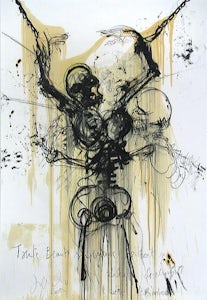
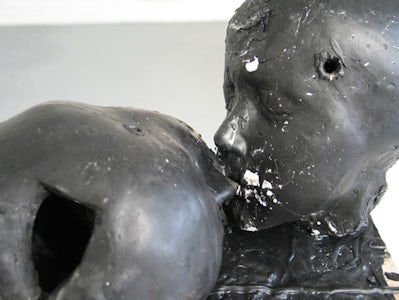
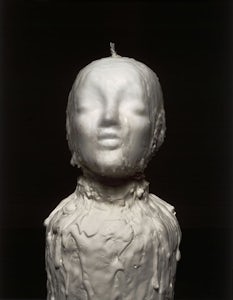
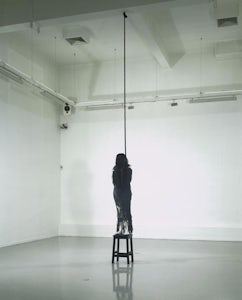
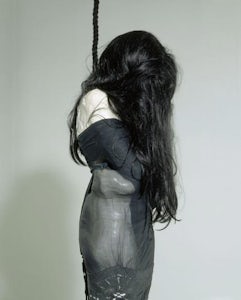
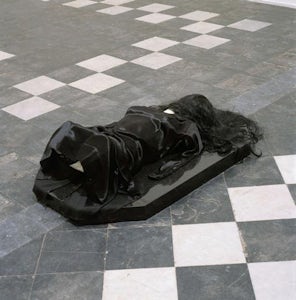
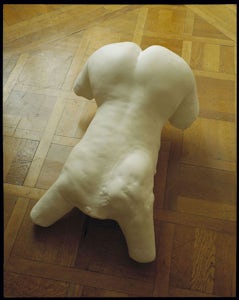
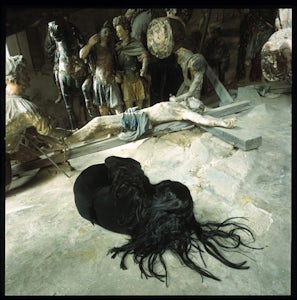
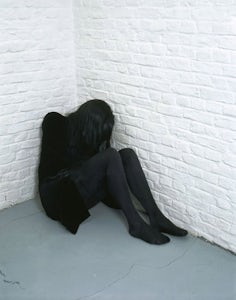
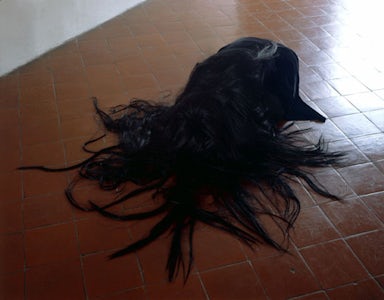
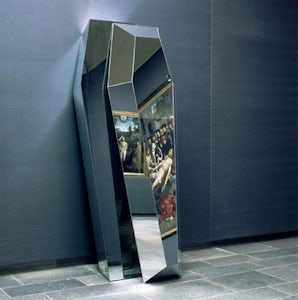
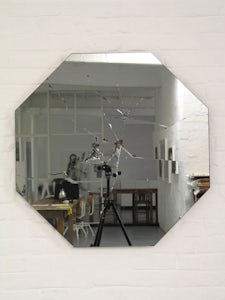
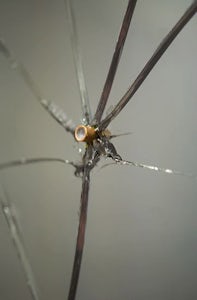

Group shows (selection)
Fairs (selectie)
Artists
A curated overview of visual artists in Flanders.
Flanders Arts Institute
Expertise centre for performing arts, music and visual arts.

